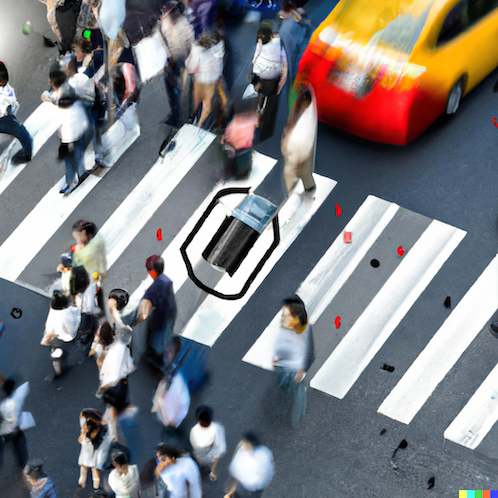Computer vision is a rapidly growing field that has been revolutionized in recent years by advances in deep learning and neural networks. These cutting-edge technologies have enabled computers to process and analyze visual data in ways that were previously unimaginable, leading to a wide range of exciting applications across many industries.
One of the latest trends in computer vision is the use of deep learning algorithms, which are designed to simulate the way the human brain processes information. These algorithms use artificial neural networks to learn from large sets of data, enabling computers to recognize patterns and make predictions based on that data.
One of the most powerful applications of deep learning in computer vision is in image recognition. With deep learning algorithms, computers can analyze images and identify specific objects, people, or patterns with incredible accuracy. This has led to the development of a wide range of image recognition applications, from facial recognition software to autonomous vehicles.
Another trend in computer vision is the use of convolutional neural networks (CNNs). These neural networks are specifically designed for image processing and are highly effective at identifying and categorizing objects within images. They work by breaking down images into smaller, more manageable pieces, and then analyzing those pieces to identify patterns and features that can be used to identify objects.
CNNs have proven to be highly effective at a range of image processing tasks, including object recognition, facial recognition, and image segmentation. They have also been used in medical imaging applications to detect and diagnose diseases, such as cancer and Alzheimer’s.
Another exciting development in computer vision is the use of generative adversarial networks (GANs). GANs are a type of neural network that can generate new data based on a set of training data. They work by pitting two neural networks against each other, with one network generating new data and the other network evaluating that data to see if it is realistic.
GANs have been used to create highly realistic images and videos, as well as to generate new data for use in training other machine learning algorithms. They have also been used in art and design applications, where they can be used to create new and unique designs based on existing data.
Overall, these latest trends in computer vision are opening up new possibilities for applications across a wide range of industries. From healthcare and finance to retail and entertainment, computer vision is transforming the way we interact with visual data and opening up exciting new opportunities for innovation and growth. As these technologies continue to evolve and improve, we can expect to see even more exciting developments in the field of computer vision in the years to come.





